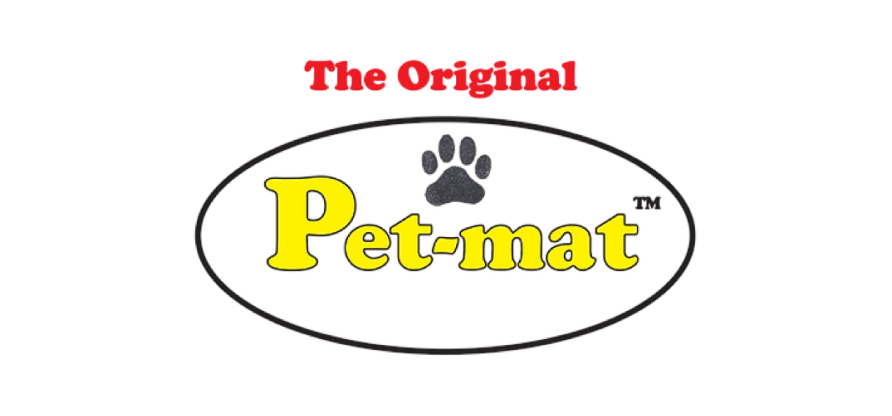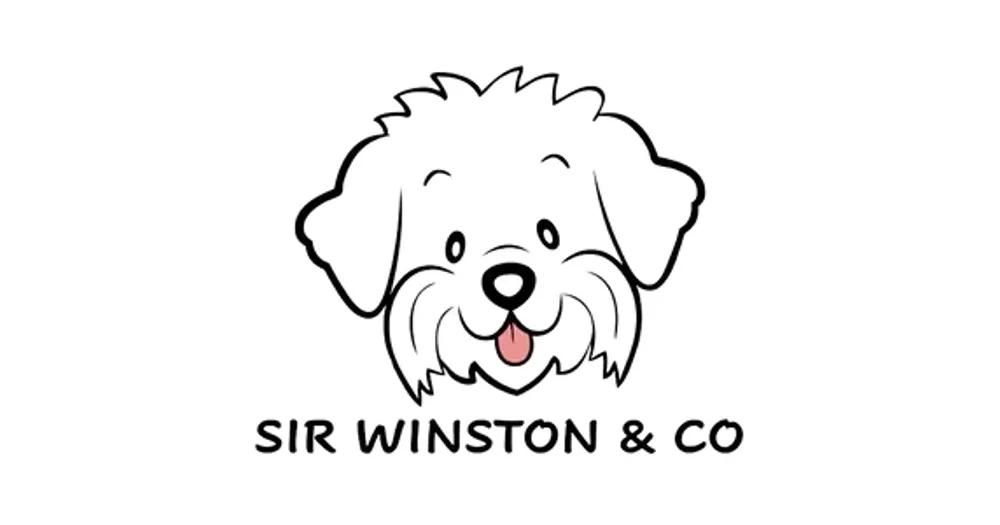Learning How to Breed Dogs
By: Responsible Pet Breeders Australia Posted June 26, 2024

Learning how to breed dogs is the start of a wonderful adventure for many dog owners. Dog breeding involves the intentional pairing of dogs to cultivate offspring with specific traits. These traits might include physical characteristics, temperament, or abilities. Breeding aims to enhance desirable qualities and preserve the integrity of particular breeds. Responsible breeding also seeks to eliminate or reduce hereditary health issues within the breed.
Breeding Ethics
Ethical breeding prioritises the well-being of the dogs over financial gain. It involves meticulous planning, thorough health checks, and a commitment to improving the breed. Ethical breeders avoid overbreeding, ensure proper living conditions for their dogs, and place puppies in suitable homes.
Genetics and Heredity
Fundamentals of Canine Genetics
Grasping canine genetics is crucial for successful breeding. Traits in dogs are dictated by genes, which come in pairs. These genes can be dominant or recessive. Dominant genes manifest when present, while recessive genes only appear when paired with another recessive gene. Breeders must understand these principles to predict the traits of future litters.
Hereditary Conditions
Many breeds are susceptible to specific hereditary conditions. These can include hip dysplasia, heart issues, and certain cancers. Genetic screening of breeding dogs helps identify carriers of these conditions, allowing breeders to make informed decisions to minimise health risks in their puppies.
Preparing for Breeding
Health Checks and Screenings
Before breeding, both the male and female dogs should undergo comprehensive health screenings. These include tests for genetic conditions, general health assessments, and vaccinations. Regular veterinary check-ups ensure that both dogs are in optimal health for breeding.
Selecting Breeding Pairs
Choosing the right breeding pairs involves evaluating health, temperament, and genetic compatibility. Healthy dogs with good temperaments and complementary genetic traits are ideal candidates. Breeders should also consider the dogs’ pedigrees to avoid inbreeding and ensure genetic diversity.
The Breeding Process
Mating
Mating can occur through natural breeding or artificial insemination. Natural breeding involves direct mating between the selected dogs. Artificial insemination involves collecting sperm from the male and inserting it into the female. Both methods require precise timing to coincide with the female’s fertile period.
Gestation Period
The gestation period in dogs lasts about 63 days. During this time, the pregnant dog requires special care, including a nutritious diet, regular exercise, and a stress-free environment. Regular veterinary visits monitor the pregnancy’s progress and ensure the health of both the mother and the developing puppies.
Whelping
Whelping is the process of giving birth. Breeders must prepare a quiet, comfortable area for the mother to deliver her puppies. Supplies like clean towels, a heating pad, and a whelping box are essential. Monitoring the process helps ensure a smooth delivery and immediate care for the newborn puppies.
Want to Learn More?
Staying Informed
Dog breeding is an evolving field, with new research and best practices surfacing regularly. New breeders should commit to ongoing education, attending workshops, joining breeder associations, and staying updated with the latest information. Continuous learning helps breeders maintain high standards and improve their breeding programs.
RPBA Resources
RPBA offers a wealth of resources for breeders, including educational materials, mentorship programs, and a supportive community. These resources provide valuable guidance on best practices, ethical breeding, and handling challenges. Leveraging these tools can significantly enhance your knowledge and chances of success.
Embarking on the journey of dog breeding is both challenging and fulfilling. By starting with a solid foundation of knowledge and adhering to ethical practices, aspiring breeders can contribute positively to the canine community. For those ready to delve deeper into the world of dog breeding, the RPBA Introduction to Dog Breeding Handbook offers an extensive resource to guide you every step of the way. Remember, responsible breeding is about ensuring the health, happiness, and longevity of our beloved dogs.
Join Our Community
We are Australia’s largest community for all breeds. 29% of Australians have been judged by their pet’s colour, look, heritage, or breed. RPBA is an all inclusive community and we do not discriminate.
As an RPBA member, you get access to the following RPBA discounts:

















































